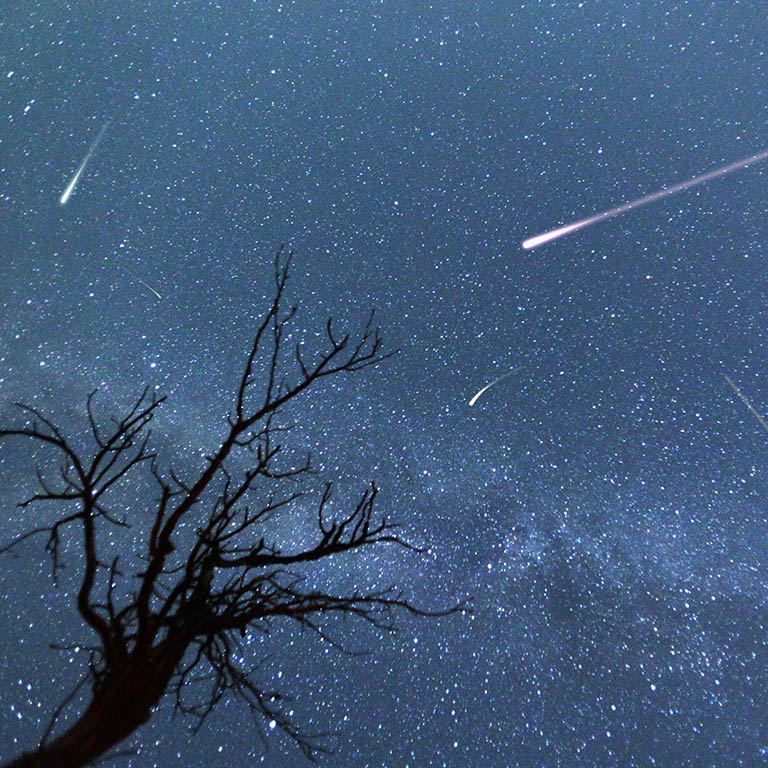BLOOMINGTON, Ind. -- As the new year begins, Jupiter and Saturn will be visible most of the evening.
Saturn will glow 30 degrees high in the southwestern sky an hour after sunset. View Saturn through a telescope early in the evening, before it gets too low. It will set by 9 p.m. local time on Jan. 1 and be gone before 7:30 p.m. on Jan. 31. Your best view of the rings will be as soon as you can pick the planet out of the darkening twilight. Get your last look at the planet's moon Titan before Saturn moves into conjunction with the sun next month.
Jupiter will shine brightly in the southern sky on winter evenings. The planet will be visible until after midnight, offering hours of viewing its delicate cloud belts. The two dark equatorial belts will be first to appear, with more subtle features following as well as events involving the Galilean moons.
Venus, Mercury, and Mars will gather low in the southeast before sunrise. Venus will be first, rising well before twilight begins. Look for Mercury 45 minutes before sunrise 6 degrees high in the southeast. Then use binoculars to search closer to the horizon for Mars only 2 degrees high. Mercury and Mars will close in on each other until Jan. 27, when they will be only 15 minutes apart in twilight. You'll need a telescope to pick out Mars right next to Mercury -- a rare pairing.
Meteor shower
The Quadrantid meteor shower will be active for the first two weeks of January, peaking during the hours before dawn on Jan. 4. Moonlight will not interfere with the display. Observers with a clear dark sky may see about 10 to 30 meteors per hour at the peak shortly before the start of morning twilight. The Quadrantids will appear to come from a point called the radiant near the end of the handle of the Big Dipper, which will rise in the northeast. The radiant is in the constellation Bootes, which contains the bright orange star Arcturus. Try facing toward the Big Dipper. If you extend the curve formed by the handle's three stars, it forms an "arc to Arcturus." Meteors should be visible in all parts of the sky, but the higher Arcturus is above the eastern horizon, the more meteors there will be. More information about viewing meteor showers is available from the American Meteor Society at https://www.amsmeteors.org/meteor-showers/.
Perihelion
Earth will be closest to the sun in its orbit on Jan. 2, the position called perihelion. A common misconception is that our seasons are caused by Earth's changing distance from the sun, but the actual cause is the tilt of Earth's axis. In the Northern Hemisphere, winter happens when the North Pole is tilted away from the sun, so sunlight must pass through more of Earth's atmosphere to reach the surface. We experience the coldest time of year when we are closest to the sun.
Moon phases
The moon will be at last quarter on Jan. 3, new on Jan. 11, at first quarter on Jan. 17, and full on Jan. 25.
Author: Hal Kibbey Email: hkibbey [at] gmail.com




 The College of Arts
The College of Arts